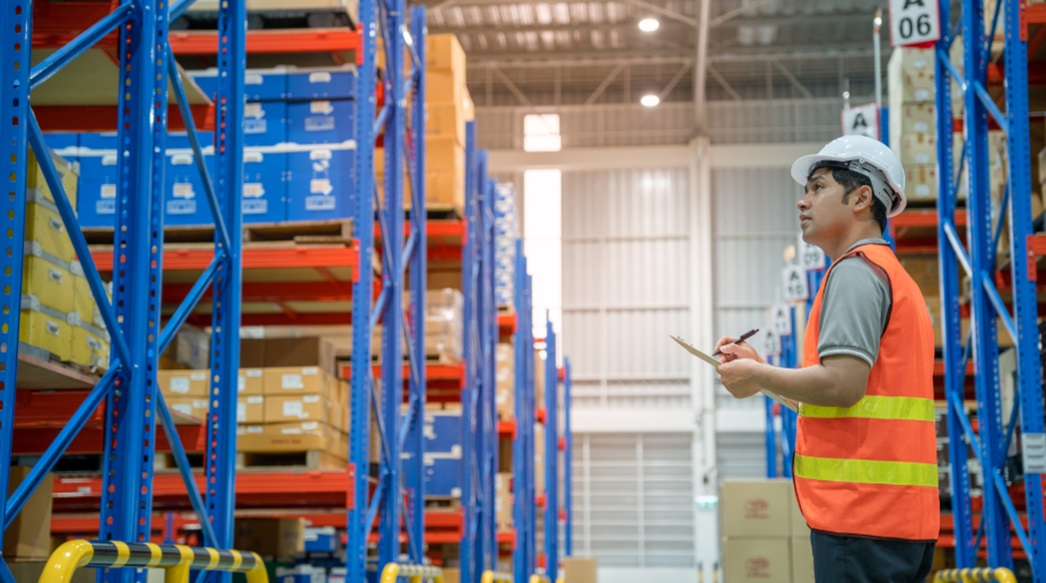In today’s fast-paced, quality-driven markets, businesses cannot afford to compromise on product consistency or reliability. Customers expect precision, and even minor defects can lead to dissatisfaction or loss of loyalty. This is where sorting inspection services play a critical role. By identifying and removing defective components before products reach consumers, companies can protect their brand reputation and maintain high satisfaction levels.
How Sorting & Inspection Enhance Quality Assurance
Before exploring customer impact, it’s important to understand how sorting and inspection processes work. These services go beyond simple quality checks and often form the foundation of a comprehensive quality assurance strategy.
Identifying Defects Before They Reach the End User
Sorting and inspection involve separating defective or non-conforming items from batches of parts or products. This ensures that only quality-approved items proceed to the next stage of production or distribution. Whether conducted manually or through automated systems, the goal remains the same—prevent defective products from slipping through the cracks.
Sorting can be applied to a wide range of materials and parts, making it valuable across industries such as automotive, electronics, manufacturing, and more. By integrating these inspections at key points in the supply chain, companies can dramatically reduce recalls, rework, and customer complaints.
Beyond Defect Detection: The Strategic Advantage
While catching flaws is essential, sorting and inspection also support operational efficiency and customer loyalty. Proper implementation provides a competitive advantage by ensuring consistency and reliability at scale. They help identify patterns in defects, enabling proactive measures to improve production quality. By reducing errors and upholding high standards, businesses can foster trust and long-term satisfaction among their customers.
Supporting Production Accuracy and Timely Deliveries
When defects are caught early, production lines can keep moving without costly interruptions. Sorting prevents delays caused by unexpected quality issues further down the process. It also improves the accuracy of shipments, ensuring customers receive what they ordered without compromise.
In addition, the integration of sorting inspection into supply chains can support improved traceability and accountability, which are increasingly demanded by both consumers and regulatory bodies.
Visual vs. Automated Inspection: A Modern Perspective
As technology advances, many manufacturers are shifting toward device-based inspections for greater accuracy and speed. Compared to traditional visual checks, these systems reduce human error and improve consistency. When choosing the right inspection method, it’s important to understand the strengths and limitations of each approach. In fact, this comparison between visual and device-verified inspection methods highlights why more businesses are embracing automated solutions for modern supply chains.
Conclusion
Sorting and inspection are essential practices for delivering high-quality products and ensuring customer satisfaction. By implementing these services strategically, businesses can prevent quality failures, protect their brand, and maintain customer trust. As product expectations continue to rise, investing in professional sorting inspection is not just a quality measure—it’s a business necessity. These processes also reduce waste, saving resources and improving sustainability efforts. With consistent oversight, companies can adapt quickly to changing demands while maintaining superior standards.

